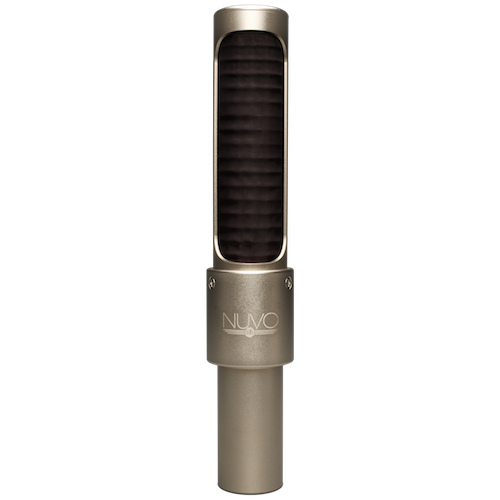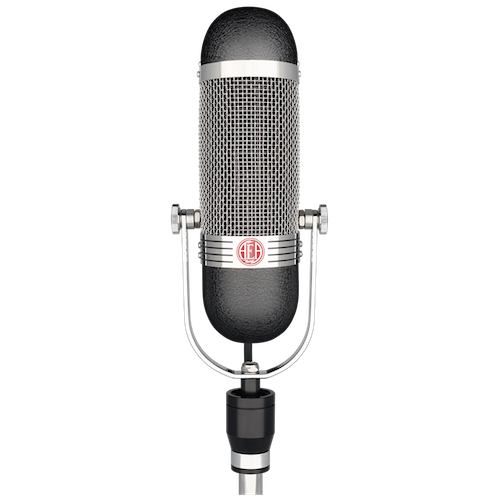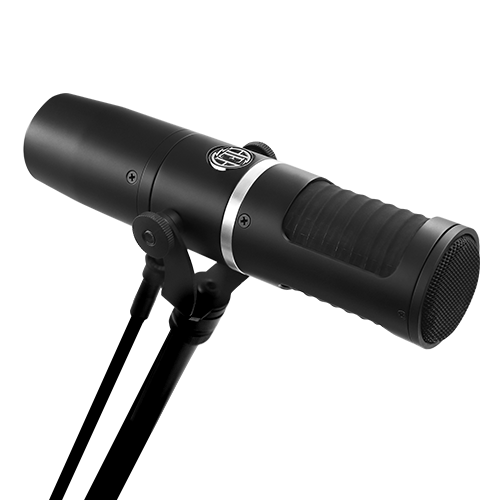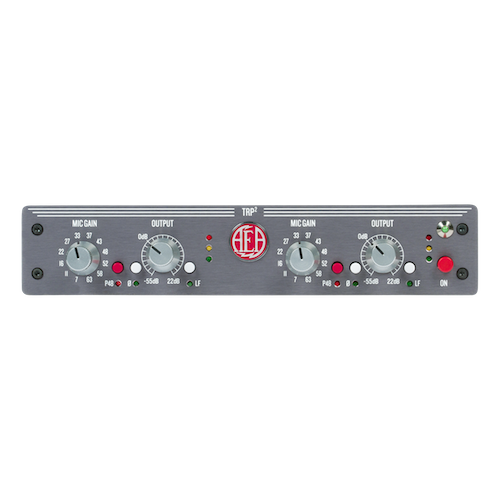With so many ribbon mics out there, how do you know which one to choose? AEA has designed and built a lot of different microphones over the years. Although each mic was made with applications in mind, our intention was to offer users a palette of choices to help them shape and tailor their sound to a specific artistic goal.
Not only does it help to know the fundamental differences between the ribbon microphones, but how to position them to get the best sound from the instrument being recorded. It’s much easier than many users might think but first requires the engineer to think about what effect he or she is trying to achieve. Here’s a brief primer.
Fix It In The Mic
First, listen to the instrument you are planning to record. Then listen to the room where the recording will occur. Does the sound of the instrument sound good in the room? How big is the room? Do you like the natural reverb of the space? Is this a solo recording or will the instrument need to fit into the mix with other instruments? These are all important questions to ask when choosing the right ribbon microphone and the correct positioning of that mic during the session.
If the mix is dense, a more direct sound may be appropriate. Use perhaps an N22 or an R92, both near-field mics. These mics maintain a balanced sound from very close to the source and will capture a minimal amount of room tone. If the goal is to capture the pure direct sound of the instrument without any room tone, consider a supercardioid ribbon like the KU5A or the KU4.









